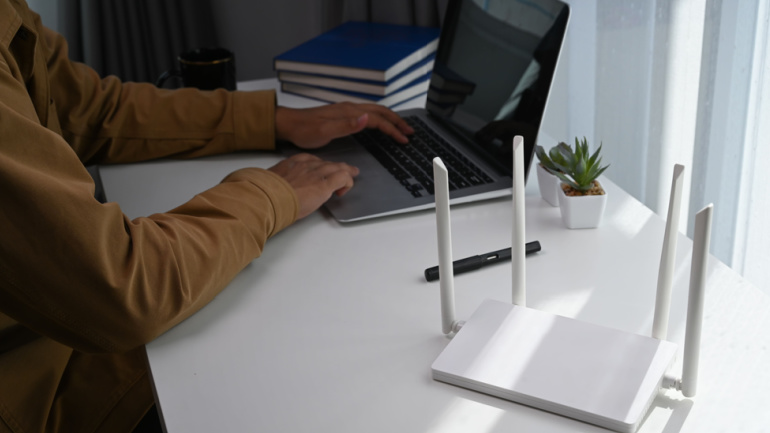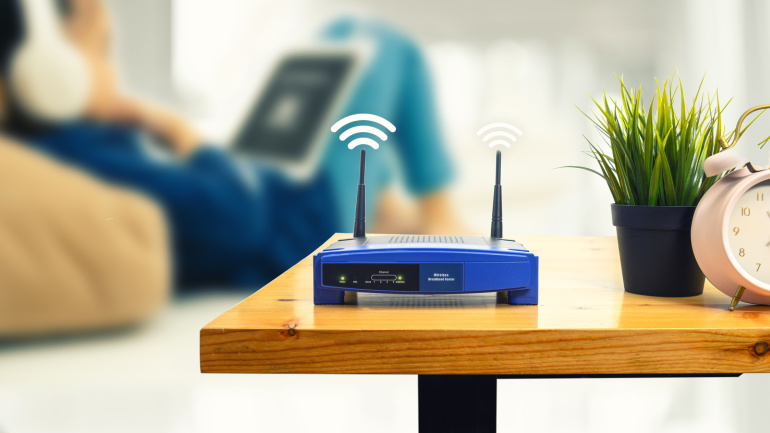“Project Gigabit”, the UK government’s £2 billion initiative, aims to expand high-speed broadband in hard-to-reach communities. With a vision of future-proofing Britain’s connectivity, the project seeks to connect 80% of the nation by 2025. However, ensuring equal internet access brings pressing questions, such as the cost-effective efficiency of Low Earth Orbit satellites and balancing 4G and 5G network enhancements to avoid inadvertent digital inequality.
A surprising surge in UK home broadband speeds reveals unexpected players in the game, with cable services outpacing full fibre. Yet, amid the rise of lightning-fast download speeds, the upload band still sees full fibre reigning supreme. Noticeably, cable packages prove their worth even under the gruelling test of peak hours. Nevertheless, experts advise not to overlook service quality when choosing broadband. A glimpse into the changing landscape of broadband services shows an intriguing volatility that leaves room for industry alterations and subscriber adaptation.
In a major technological achievement, over half of UK homes now enjoy full fibre broadband access, marking a significant increase from the beginning of this year. This growth reflects the collective effort of both large infrastructure operators and smaller, regional organisations. Surprisingly though, coverage varies across regions, with Northern Ireland leading while Scotland slightly lags behind. Even more exciting progress has been observed in access to Gigabit-capable broadband.
The Tribal Broadband Connectivity Programme (TBCP), funded primarily by President Biden’s Internet for All Initiative, has recently bestowed $3.5 million in grants among seven Tribal entities to accelerate internet access in these areas. Supported with an impressive $3 billion budget, the TBCP aims to reduce internet barriers and bridge the digital divide, promising a transformative effect. The initiative is facilitating internet connectivity for remote learning, boosting telehealth services, fostering employment opportunities, and more.
In the short span since 5G’s inception, one of its most successful applications surprisingly isn’t smartphones, but Fixed Wireless Access (FWA) enhancing home broadband services. Currently dominating 90% of new US broadband subscriptions, this trend sparks intriguing implications. Yet, fiber broadband’s speed and dependability present a formidable challenge, set to increasingly permeate the market aided by ample public funding. Meanwhile, FWA’s flexible and user-friendly nature makes it a robust contender, particularly in areas where fiber is not feasible.
ITIF urges a reevaluation of U.S. broadband programs in favor of the significant Affordable Connectivity Programme (ACP), aiming to give low-income households internet access. Predictions show funds will be depleted by 2024, necessitating a yearly investment between $5-$6 billion, potentially sourced from outdated programs. Despite appearing feasible, the report warns digital divide issues require more than funding, including digital literacy initiatives. Unveil the evolving connectivity panorama in our upcoming Connected America conference.
Fibre builder Wildanet’s expansion into the Devon region could fuel an estimated economic surge of £1 billion by 2030, primarily through Gigabit-capable broadband, according to a new Curia report. This ambitious outlook, however, hinges on universal access to Gigabit broadband by 2030, a significantly higher benchmark than Wildanet’s initial target of reaching 25,000 premises. The firm’s dedication to end the digital disparity in rural Devon is so far supported by over 60,000 wireless connections, and plans to add 50,000 more by 2023. Meanwhile, additional funds from Gresham House could expedite the broadband rollout, making digital inclusion a tangible reality, even in the most remote locations. Despite this, digital desolation persists, with nearly 78,000 Devon inhabitants having never experienced internet access.
Dive into the world of high-speed internet connectivity with over 500,000 premises now experiencing 10Gbps speeds using XGS PON fibre infrastructure and welcome news of future expansion plans. A remarkable achievement for Netomnia, this latest success marks just the beginning of their journey towards connecting one million homes by 2024. Central to these ambitions is the goal to cater to underserved rural and less-resourced sectors, revolutionising connection experiences across the UK.
UK-based CityFibre has acquired a significant £318 million in public funding, aiming to increase high-speed broadband access nationwide. Supported by the government’s Project Gigabit, funds were awarded for bring fibre connectivity to selected regions needing better broadband access. A challenging and expensive task, especially in rural areas, but this initiative could shine a beacon of connected hope. Is the government’s £5 billion goal achievable? Read on to explore the potential impact of this massive contribution to rural telecommunications.
$714 million allocated to small telecom companies in the ReConnect program’s fourth round aims to deliver high-speed internet to rural areas with full fiber infrastructure. USDA Secretary Tom Vilsack highlights the importance of the Bipartisan Infrastructure Law and its contributions to bridging the digital divide in rural communities.













